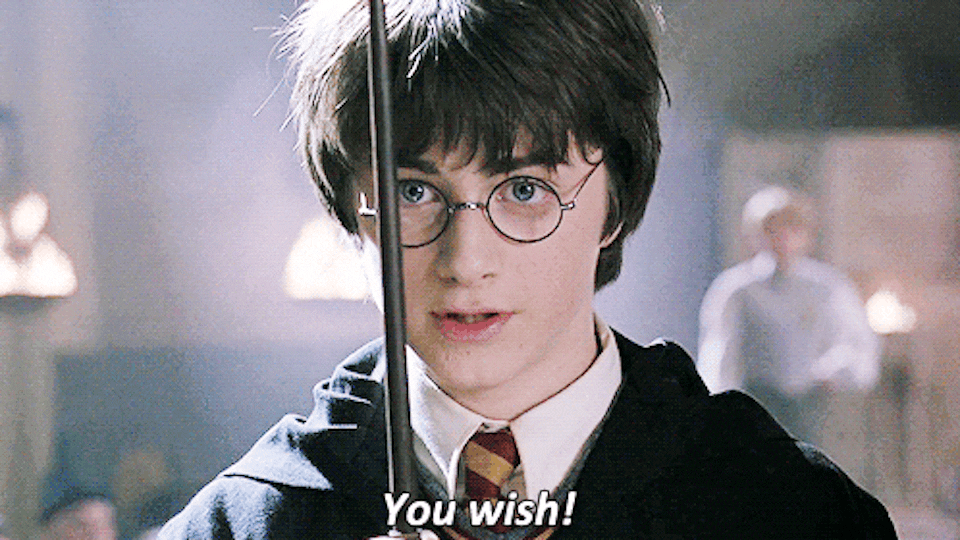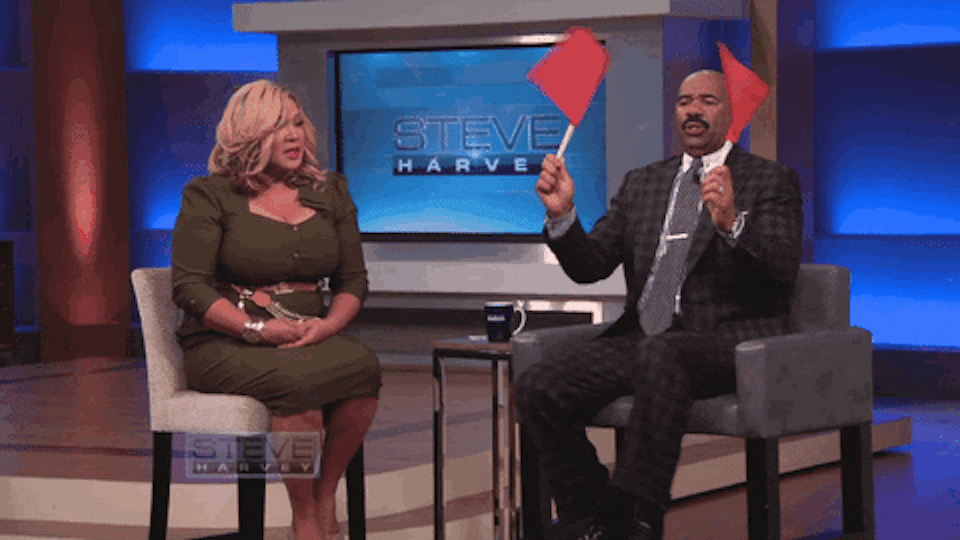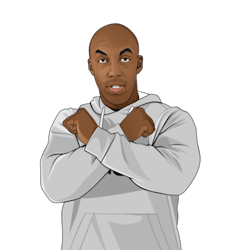Muscle Fitness Makes Better Golfers
If you’re a fitness buff, you might have heard the phrase “Hustle for that muscle,” but I say, “Use that muscle to hustle.”
It’s a common misconception among golfers that it’s enough to hit the gym, lift some weights, flex those muscles, and voilà! You’ve done your part; your muscles will do the rest.
Nothing could be further from the truth.
Don’t get me wrong. Your overall fitness matters, but no golf trainer worth their salt will allow you to treat your body as one big clump of muscles.
Plus, good stewardship of your own body requires an understanding of the different parts. Without knowing your muscles, their particular roles, and how they connect to the rest of your body, you won’t know how to train each one to reach its maximum potential.
Knowledge is power. The more knowledge you have of your muscles, the safer and more efficient your workout will be. You will also get in tune with your body and become more confident on the golf course.
We should never underestimate the power of a properly trained muscle. It’s the small details and the fine-tuning that makes or breaks a golfer’s performance.
Without further ado, let me introduce you to your new best friend: the muscular system.

The Adductor Muscles
You may have learned about your muscles in Biology, but probably not in connection to golf. That’s why our kinesiologists have spent an enormous amount of time researching the human body and the muscles you use in your golf swing.
Here’s a quick refresher on the adductor muscle group.
Traditionally, for straight-ahead, court, and field athletes, the gluteus maximus is one of the chief muscles in terms of locomotive power and is, hands down, the biggest muscle in the biomechanical chain.
For golfers, however, the adductors are of prime importance. The adductor muscles are positioned on the medial (inner) side of the thigh, between the quads at the front and hamstrings at the back. They run vertically from the groin, down the inside, to the knee.
You may have commonly referred to the adductors as your “groin muscles.” The groin is the area of the body where the upper thighs meet the lowest part of the core. We use the term “groin” as a landmark, not a muscle-group name.
The adductor group is made up of five individual muscles, the
- adductor longus
- adductor brevis
- adductor magnus
- gracilis
- pectineus
Don't mistake these for names of Greek gods or Harry Potter spells. This is a list of your closest colleagues. Let’s go around the circle for a quick introduction.

- The adductor longus is a large, fan-shaped muscle. It plays a role in external/lateral rotation and flexion of the thigh.
- The adductor magnus is the larger and more powerful adductor out of the group and the third heaviest muscle in the golfer’s biomechanical chain, weighing in at a whopping 505 g. That’s more than two-thirds the weight of the glute max and only slightly less than the combined weight of all three hamstring muscles (638 g). As all the adductors do, it helps with hip and thigh flexion, as well as pelvis stabilization.
- The adductor brevis is a flat, triangular muscle. Like the adductor longus, it originates on the pubic bone and terminates on the upper inside portion of the femur.
- The gracilis is a long and slender muscle. It’s the only muscle out of the four that crosses both the hip and knee, as it runs between the pelvis (coxal bone) and the tibia.
Biomechanical Function
Because of the link at the pelvis between a golfer’s legs, a lead-leg to trail-leg connection creates a powerful, revolving muscular mechanism:
ANTERIOR → POSTERIOR → LATERAL → ANTERIOR → POSTERIOR
This mechanism requires the adductors to be elastic and extensible. When used properly, it serves as a primary mechanism for initiating the golf swing.
What does that give us? Leverage above and below the pelvis.
Above the pelvis are the spine, torso, shoulders, neck, elbows, and wrists.
Below the pelvis are the hips, thighs, knees, tibias, ankles, and feet.
Every joint above and below the pelvis is obligated to respond to the leverage, force, and velocity provided by the adductor muscle group.
Biomechanical Overload
If you have spent any amount of time playing golf, you will understand that attempting repeatedly to hit a stationary target on the ground in front of your feet proves surprisingly difficult. It requires a high degree of athleticism.
If the adductors become overloaded (non-elastic, imbalanced, or weak), they begin to offload excess force and workload onto “backup” muscles and structures above and below the pelvis.
That raises a whole bunch of red flags.

The length-tension relationship between the adductor muscles is therefore paramount. Muscles must be at a specific length for correct joint alignment, force magnitude, and locomotive power. Adductors have to be both elastic and extensible—stiff muscles do not produce athletic power.
These structures were not designed to handle increased force and workload. Overwork them, and you’ll end up with tissue irritation, fatigue, inflammation, muscle imbalances, spasms, reduced strength, and increased pain and tearing. Oh, and did we mention poor swing performance?
Now think about the last time you actually worked on your adductors.
In addition to all that, not to burst anyone’s bubble, but none of us are getting younger. Place your overall fitness on the back burner and your golf game will be exponentially more challenging than it needs to be. Remember, we need our bodies to function as well as they can, for as long as they can!
Train your muscles well and use your body’s mechanisms to your advantage, and you will set yourself up to be in better shape than most when the trials of aging come your way.
Muscles Matter
We can't overemphasize how important your muscles are to your golf performance. It might be a bit tedious in the beginning to learn new stretches and change your technique, but in the long run, you’ll be saving yourself strain and pain.
Without expert knowledge from a kinesiologist, though, you’ll be shooting in the dark. Every golfer has to start from somewhere, and we are happy and willing to teach you what you need to succeed.
In this training video, our expert kinesiologist will teach you a step-by-step adductor drill to increase your elasticity and extensibility:
These exercises are just a few that you can do to improve your game—and, take it from us, with a little guidance, anyone can do it.
Our kinesiologists are ready to help you reach your goals. Contact us today to schedule an assessment.

Are you ready to improve your game?
Book your assessment today by clicking the button below. We'll call you to schedule your visit.
